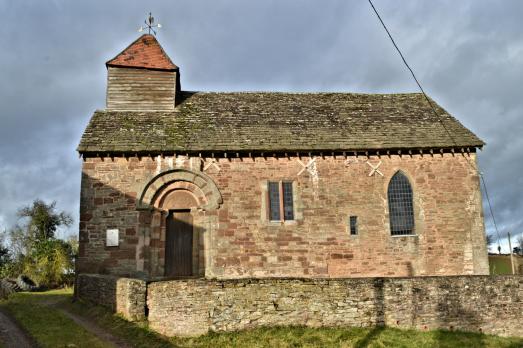
The Chapel
Yatton, Herefordshire | HR1 4TD
A remote and romantic place.
Search for a fascinating place to visit, or see the variety of churches, chapels and meeting houses we have supported.

Yatton, Herefordshire | HR1 4TD
A remote and romantic place.
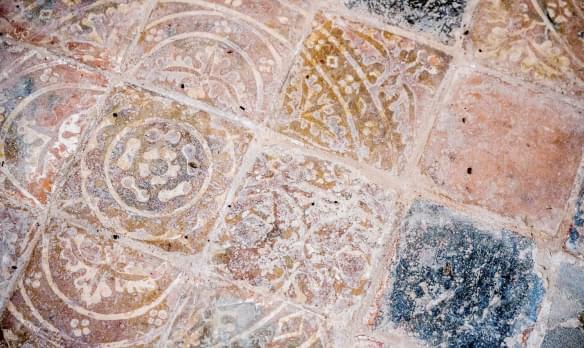
Swansea, Glamorgan | SA1 8BP
St Thomas church was built in 1886 and stands proud in the centre of the eastside of Swansea.
We have supported this church
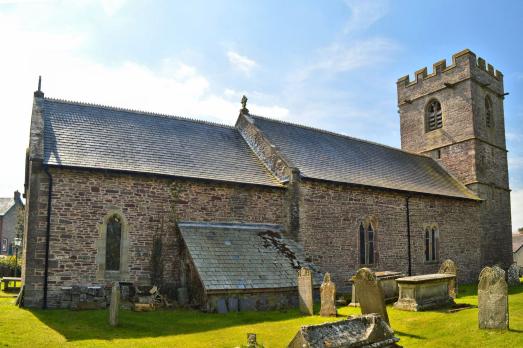
Llangors, Powys | LD3 7UG
The first record of a church in Llangors comes from 1152, and its early medieval roots are revealed in its curved churchyard and location beside a stream, both common in early medieval foundations in Wales.

Swansea, Glamorgan | SA1 3LP
St Mary's is a unique building fortunate to include examples of stunning contemporary art and stained glass.
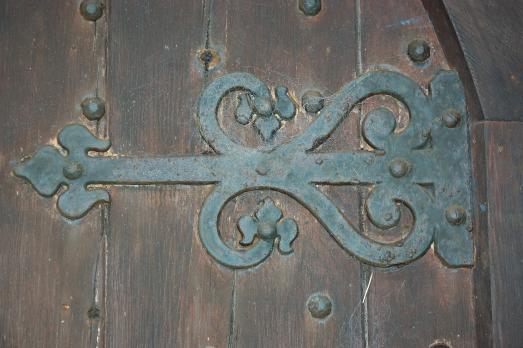
Halwell, Devon | TQ9 7JA
The ancient settlement of Halwell is mentioned in the Domesday Book as Hagewile, a name derived from the ‘Holy Well’ which is still to be found in the churchyard. It is possible the well was in use in Celtic times.
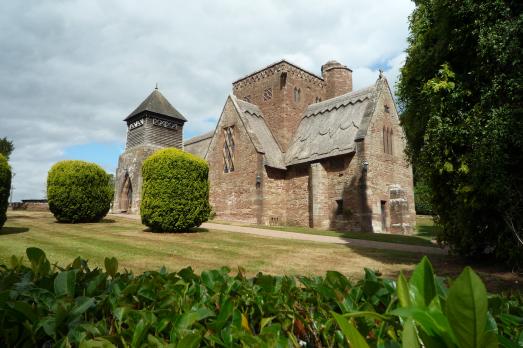
Brockhampton by Ross, Herefordshire | HR1 4SE
This is a church like no other, a genuinely unique building that was the last major work of its architect, William Lethaby.
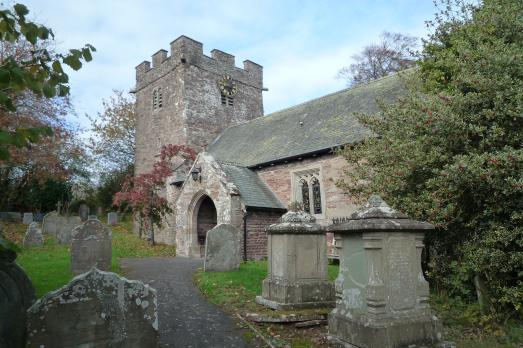
Bacton, Herefordshire | HR2 0AR
Bacton church has the nationally important Blanche Parry memorial, a beautiful copy of the priceless Bacton Altar Cloth, the only surviving piece from the Queen Elizabeth I dresses.

Easton, Hampshire | SO21 1EH
A Partnership Grant awarded on the recommendation of the Hampshire and The Islands Historic Churches Trust.
We have supported this church
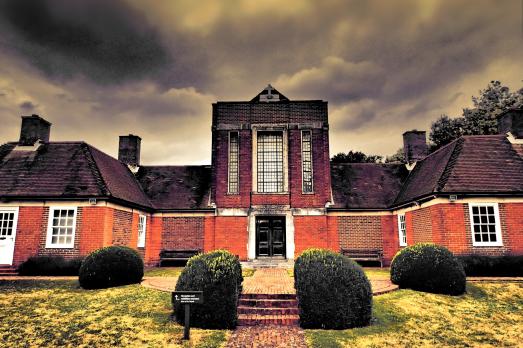
Burghclere, Hampshire | RG20 9JT
World famous chapel containing Stanley Spencer's visionary paintings.
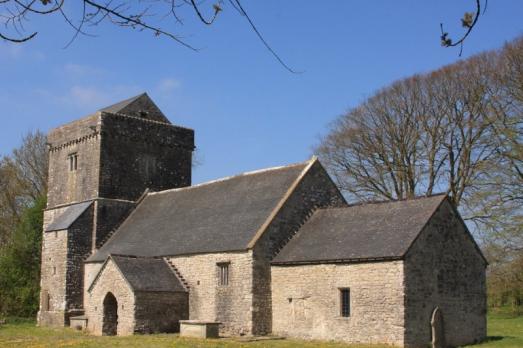
Llanfrynach, Glamorgan | LD3 7AZ
Medieval wall paintings and tomb carvings in a church which has completely escaped modernisation.
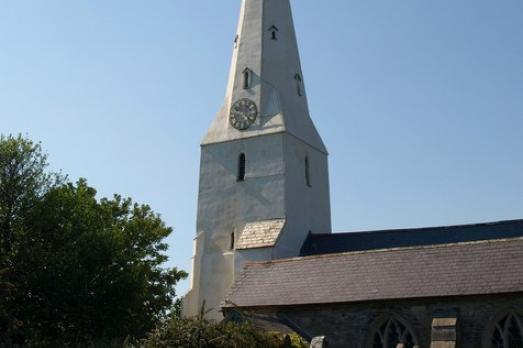
Diptford, Devon | TQ9 7NY
For almost 800 years the village of Diptford has had a church at its centre.
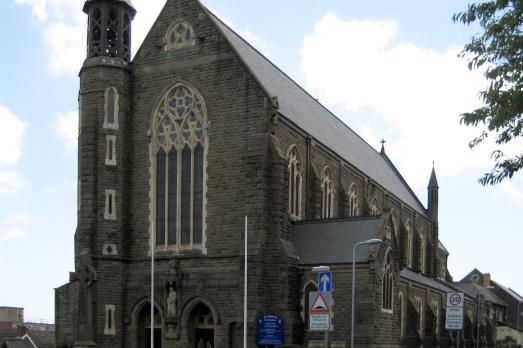
Swansea, Glamorgan | SA1 2BX
Today, the Cathedral continues the same mission set by the Benedictine Fathers in the 19th century and stands as an outward symbol of the Catholic faith in south Wales.